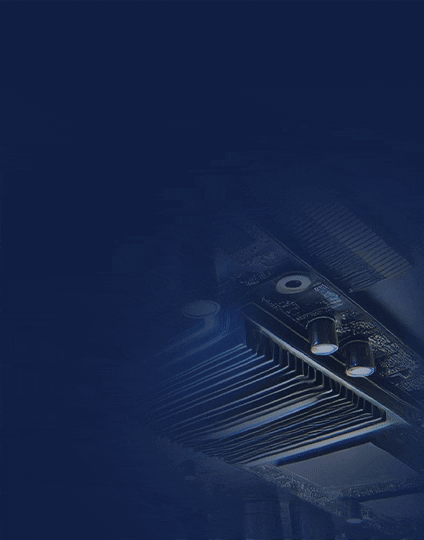Modern industries generate massive volumes of data at unprecedented speeds.
From aerospace and defense to telecommunications and medical imaging, applications demand systems that capture, process and transmit data with exceptional accuracy and minimal delay.
Field Programmable Gate Arrays have become the preferred technology for high performance data acquisition because they combine the flexibility of software with the raw processing power of dedicated hardware.
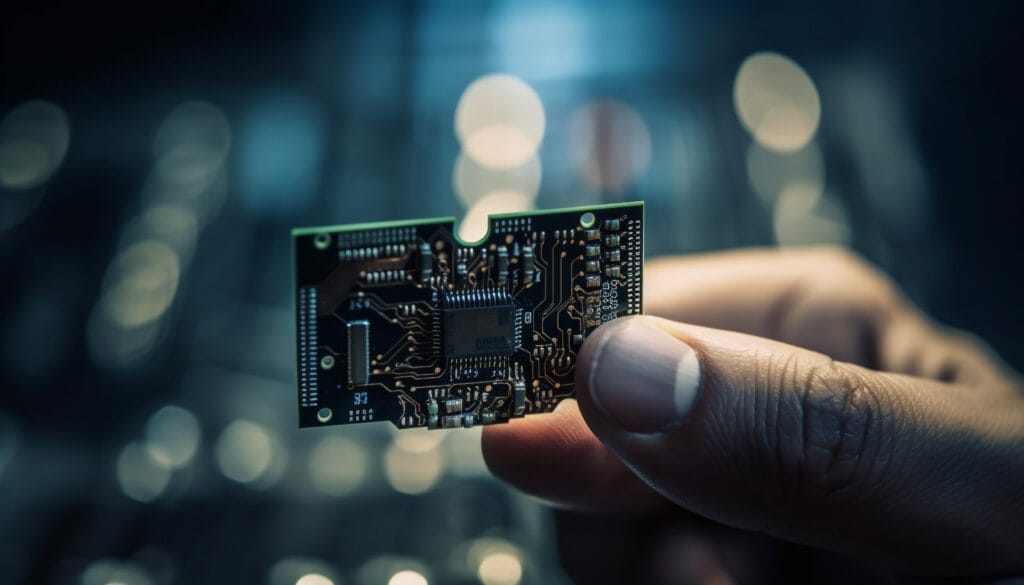
Why FPGAs Excel in Data Acquisition?
FPGAs provide a reconfigurable architecture that supports parallel processing and real time performance.
Unlike traditional processors that execute instructions sequentially, FPGAs implement multiple processing tasks simultaneously.
This capability makes them ideal for environments where large streams of high bandwidth data must be captured and processed instantly.
Key advantages include:
- Ultra low latency for time critical applications
- High throughput to manage gigabytes of data per second
- Deterministic performance which ensures predictable and stable operation
- Energy efficiency compared to general purpose CPUs for intensive workloads
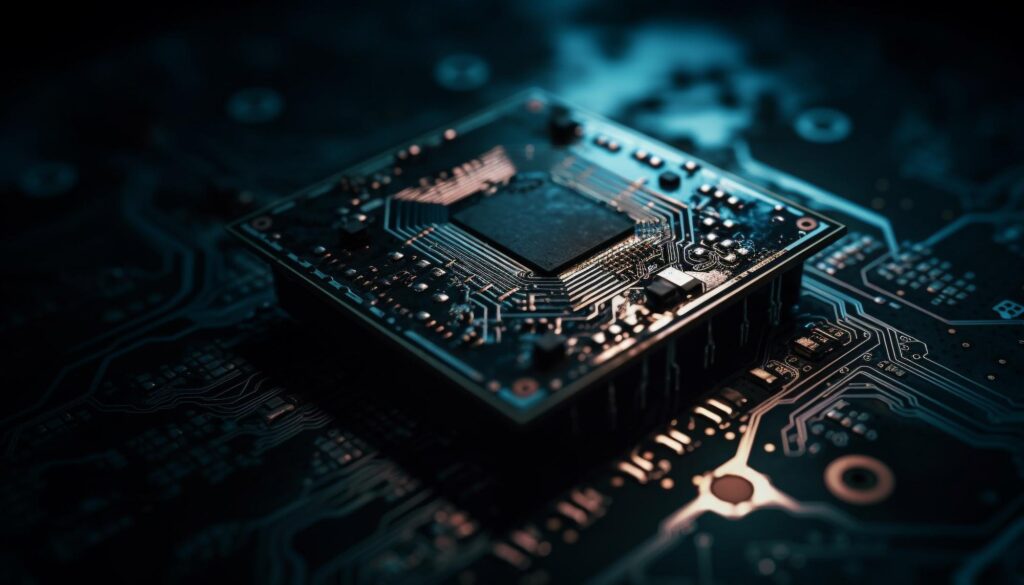
Core Components of an FPGA Based Data Acquisition System
An FPGA driven data acquisition system typically integrates the following elements
- Analog to Digital Converters (ADCs) that transform analog signals into digital form for processing
- High speed memory such as DDR or SRAM to buffer incoming data
- Programmable logic blocks that execute custom algorithms including filtering, compression and pattern recognition
- Communication interfaces like PCIe, Ethernet or optical links for reliable data transfer to host systems or storage
Each of these components works in concert to ensure accurate sampling, rapid data movement and seamless connectivity.
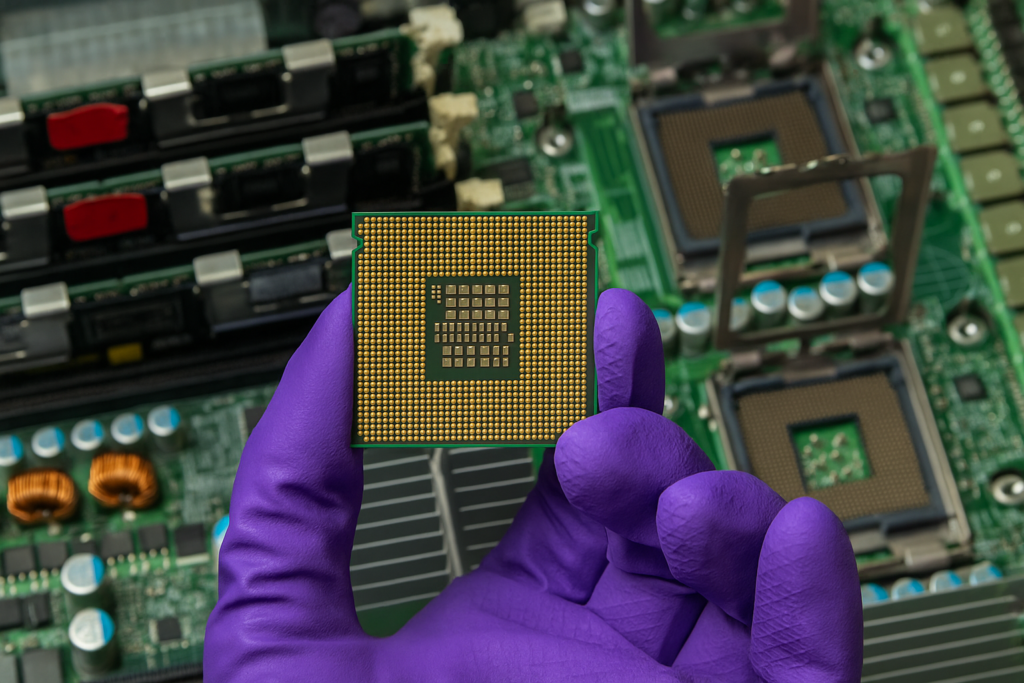
Application Areas Across Industries
FPGAs are powering innovation in a wide range of sectors
- Aerospace and defense for radar signal processing and electronic warfare
- Telecommunications for 5G infrastructure and real time network monitoring
- Industrial automation for precision control and predictive maintenance
- Healthcare for advanced medical imaging and diagnostic equipment
- Scientific research for high energy physics experiments and astronomy
These applications all share a common need for speed, reliability and adaptability.

Design Considerations for Optimal Performance
When designing an FPGA based data acquisition solution, engineers focus on
- Selecting ADCs with appropriate resolution and sampling rate
- Optimizing FPGA logic for parallel execution and low power consumption
- Ensuring robust clock management and synchronization
- Implementing efficient data compression and error correction techniques
Proper attention to these factors results in systems that handle increasing data rates while maintaining accuracy and integrity.
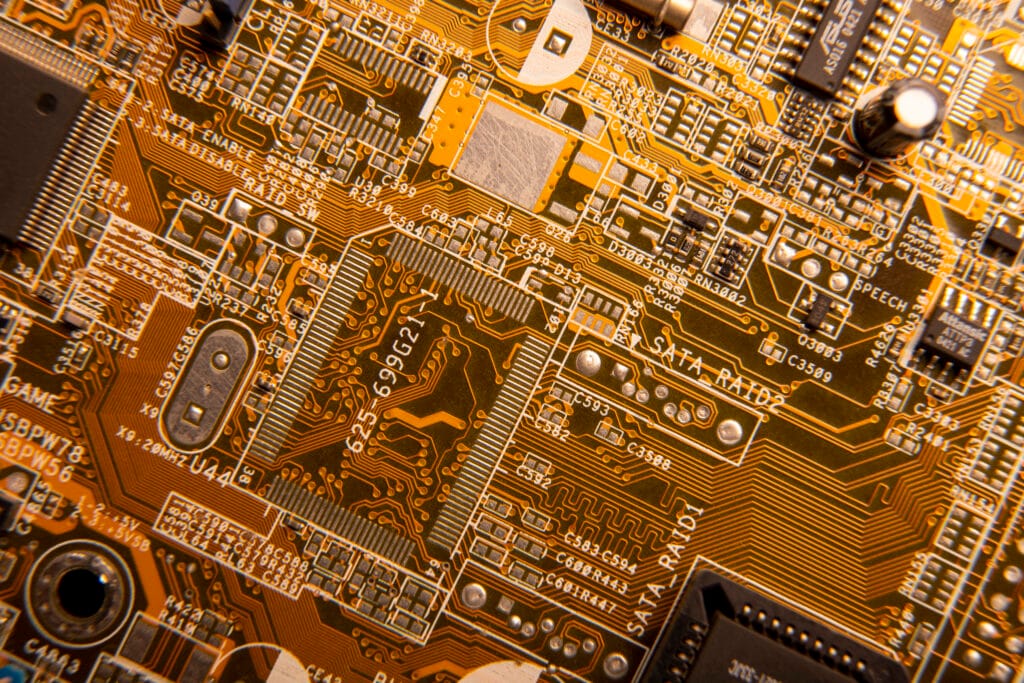
Future Outlook
As sensor technologies advance and data volumes continue to grow, the demand for scalable and flexible acquisition systems will only rise.
Emerging trends such as machine learning acceleration, edge computing and integration with cloud analytics are pushing FPGAs into new frontiers.
Vendors are also introducing FPGAs with hardened processors and enhanced AI capabilities to meet evolving requirements.

Conclusion
FPGA solutions for high performance data acquisition offer unmatched speed, flexibility and reliability.
Their ability to handle real time processing and massive data streams makes them indispensable in industries where every microsecond matters.
By leveraging FPGAs, organizations can build systems that are ready for the challenges of today and the innovations of tomorrow.

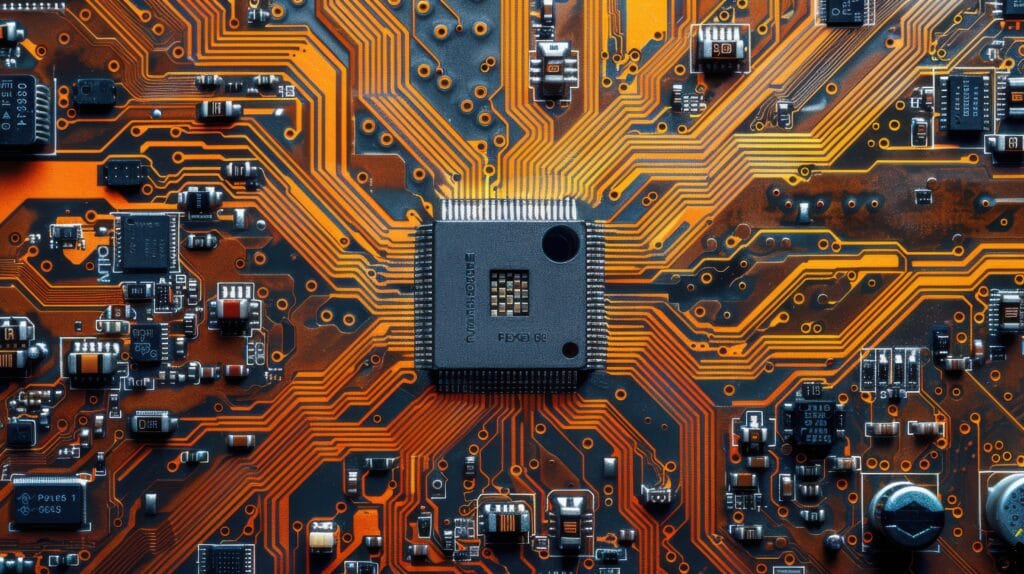
![What is FPGA Introduction to FPGA Basics [2023] computer-chip-dark-background-with-word-intel-it](https://fpgainsights.com/wp-content/uploads/2023/06/computer-chip-dark-background-with-word-intel-it-300x171.jpg)


